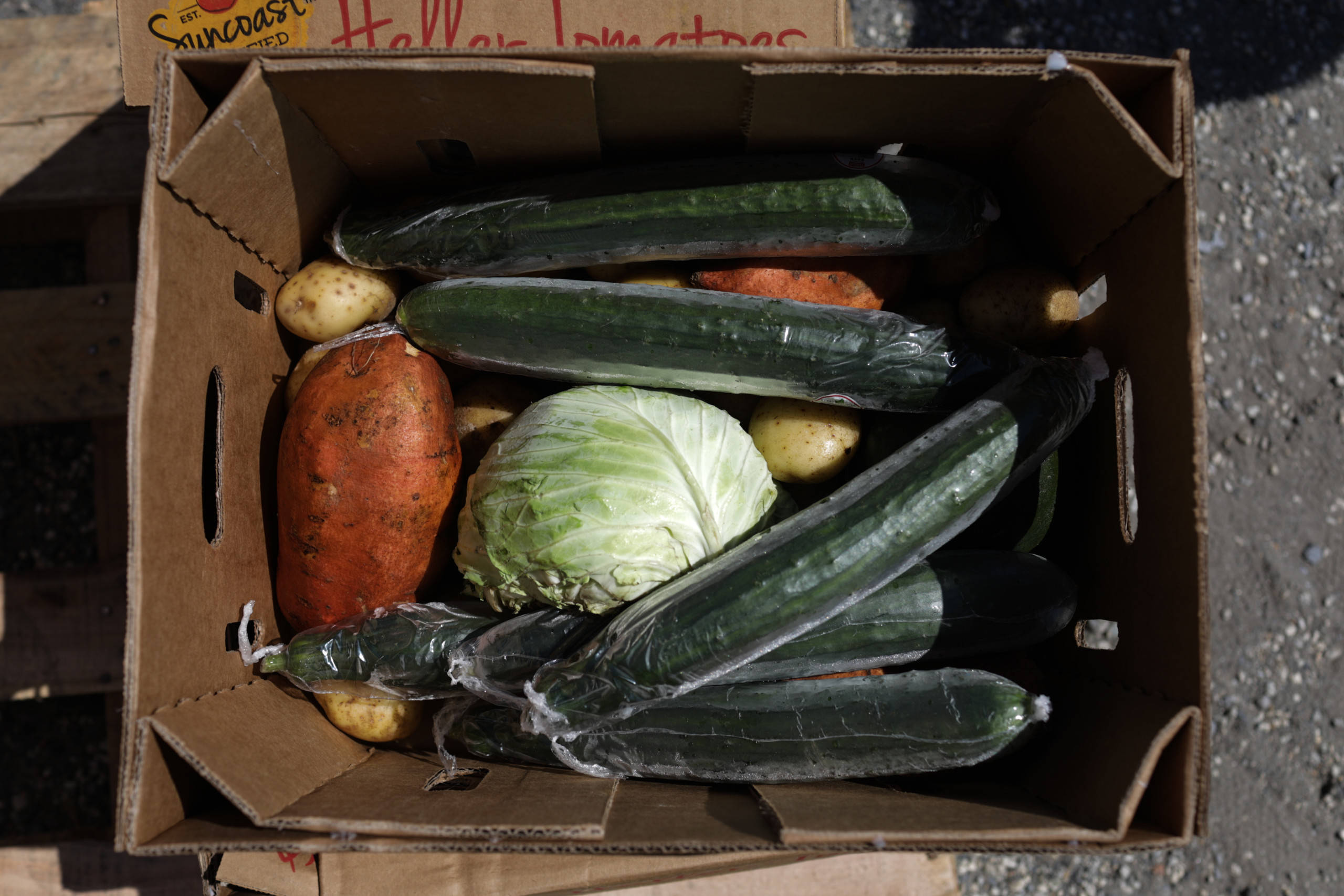

Standing Strong Together: Meeting the Moment to Address Increased Food Prices
Inflation is having a major impact on families across the country.
This year, it’s costing families 10% more to buy groceries. Increased food prices also mean that nutrition program benefits, like those received through SNAP (also known as Food Stamps), don’t go as far to buy the items needed to sustain an individual or family. Households that are low-income already spend about a third of their income on food. Even a small increase on food prices can be devastating to these families, forcing them to choose between food and other basic needs like housing, utilities, gasoline, and medicine.
Locally, we are seeing an increase in volume at Food Bank programs and partner pantries.
Our Mobile Food Pantry programs have seen a 52% increase in households served in the last month. Since April, we’ve seen a 42% jump in the number of individuals served. Some of the counties in our service area are seeing an even more significant jump in volume. For example, the Mobile Food Pantry in Nelson County had a 52% increase in households served in the last month, and a 95% increase in individuals served since April.
The increase in food prices prices is impacting food banks, too.
Food banks are paying about 40% more to purchase nearly the same amount of food acquired in 2021. Outside of food costs, food banks are also paying more for the costs of everything from fuel to vehicle maintenance. The Blue Ridge Area Food Bank is no exception. We have seen some food items increase from 10% to 45%, and have seen freight rates increase as much as 80%, since January.
With the support of the public, and in partnership with our network, we have been able to help more families experiencing hunger as a result.
To survive skyrocketing costs at the supermarket and reduced government assistance program benefits and access, many families are turning to food banks. Although times are undoubtedly tough on us all, the Blue Ridge Area Food Bank and its partner network can keep up with demand, thanks to generous public support.
In July, we informed our partners that the Food Bank is eliminating the shared handling fees on donated food—indefinitely. We will continue to offer a 25% discount off our cost if they access food we purchase. We’re also waiving delivery fees if they need help moving food to their location. Thanks to donor support, we can afford to offer solutions that reduce or eliminate their financial barriers.
Via the Agency Capacity Fund, we are investing in the resilience and capacity of our pantry and program partners. Since 2017, thanks to the support of our donors, we have awarded more than $4.1 million to give them coolers and freezers, vehicles, community gardens, technology, bags and boxes, and space expansion or improvements. These awards mean our partners can distribute more food, increase their capacity to store and distribute fresh foods, greet guests in a dignified and welcoming space, harness technology to work more efficiently, and more!
In the U.S., there is more than enough food for everyone.
Last year, the Blue Ridge Area Food Bank and our partner network served an average of 118,300 people per month, distributing 26.7 million pounds of food, or over 22 million meals. This year, we are seeing another increase in demand as inflation causes a strain on our neighbors’ finances. Folks in our local communities are lining up for an hour or more at food pantries and program distributions, not because they want to, but because they need to.
Food banks are moving twice as many truckloads of food now compared to before the pandemic. More food purchases are required to meet the increased demand as well as to offset the reduction in retail food donations. We are forecasting that and are currently able to stay in front of it.
We can achieve a future without hunger in America, but it will take everyone—individuals, organizations, governments, and corporations—to see that vision come to life. Thank you for walking with us in this journey to solve hunger.
The Need I See Campaign
As part of a new campaign called #TheNeedISee, we’re talking with our pantry and program partners to learn more about how increased food prices are impacting people in their communities, today. Read their stories below.

Compassion Church of the Nazarene
Russanna Cook, Ministries Center Coordinator
“We are hearing from clients who we have not seen since before the pandemic because some of the assistance is being pulled back and their cost of living is greatly increasing, so without that assistance, things are just not going as well as they were before,” she said. “We just try to say, ‘Come here, we’ve got a lot of fresh, good food here,’ and then save their EBT for later. Especially for things like meat products, that we’ve been a little bit lighter on.”

Monacan Indian Nation Food Bank
Sally Latimer, Co-Director
“We hear a lot of, ‘I can’t afford groceries right now,’ and I think anyone can relate to that. You go to the grocery store and everything is so expensive,” she said. “I think people are right now choosing between food, gas to get where they need to go, electric bills, different things like that.”


